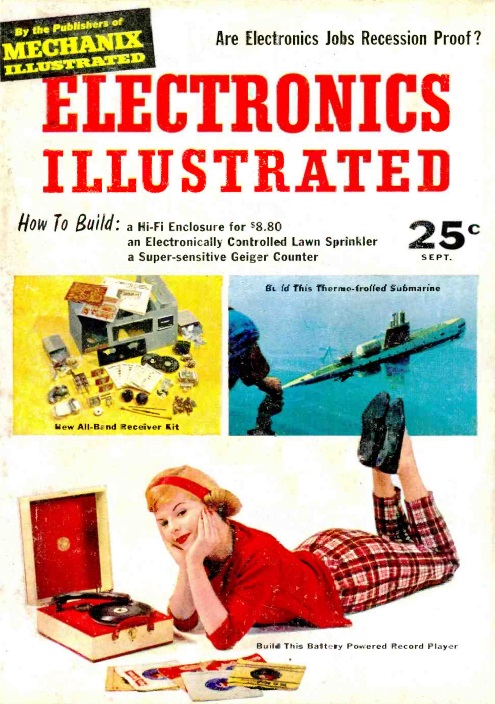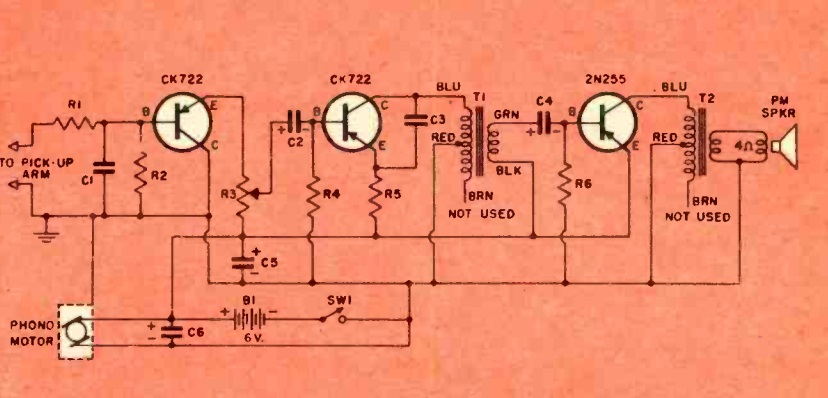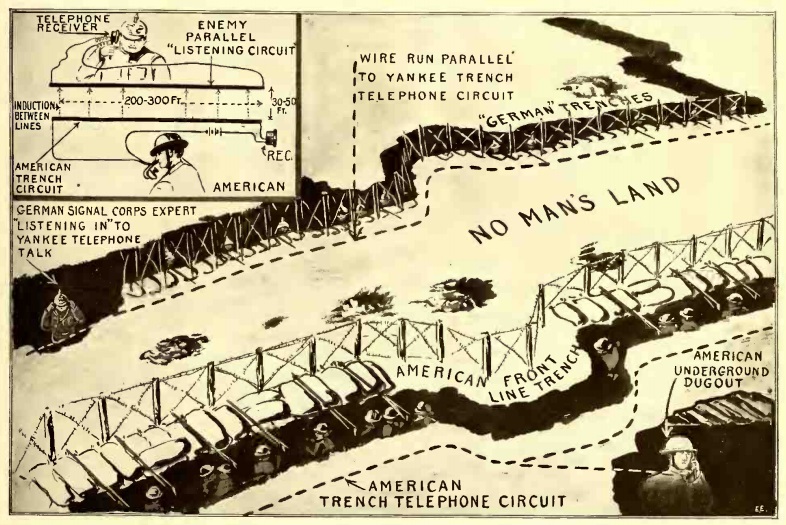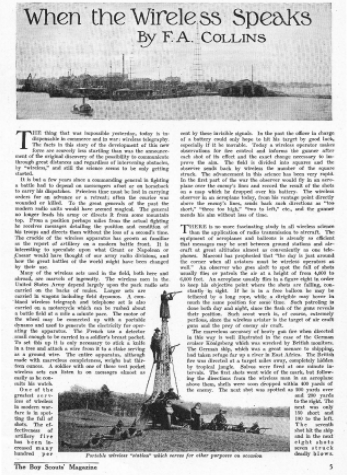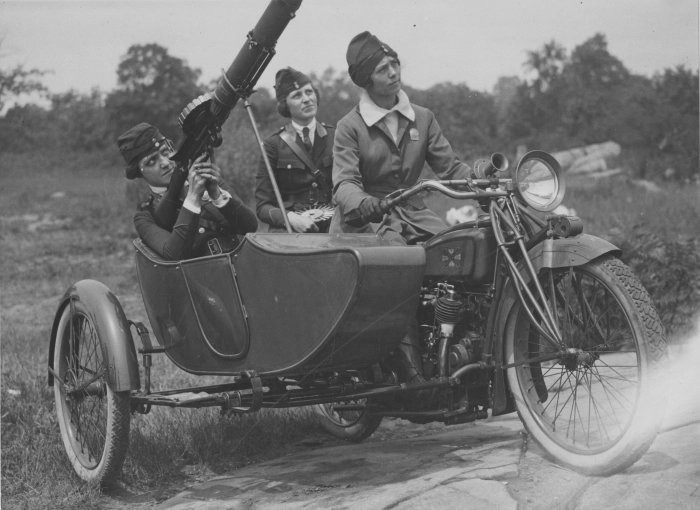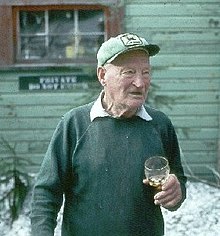 The following residents of the City of St. Paul and Ramsey County, Minnesota, gave their lives in the First World War. These names are taken from Volume 2 of Soldiers of the Great War, published in 1920.
The following residents of the City of St. Paul and Ramsey County, Minnesota, gave their lives in the First World War. These names are taken from Volume 2 of Soldiers of the Great War, published in 1920.
If I’ve been able to locate the serviceman’s grave or other information, it is linked below. Please let me know if you have any additions or corrections to clem.law@usa.net.
- Pvt. George Abdalla
- Pvt. Louis Ackerman
- Pvt. Alfred W. Anderson
- Pvt. Clarence J. Anderson
- Pvt. John G. Anderson
- Pvt. Oscar Nels Anderson
- Pvt. Charles Aussant
- Pvt. Frank J. Bannick
- Pvt. John Belland
- Pvt. Leonard Bergren
- Pvt. John Binder
- Pvt. Tomas L. Blacik
- Pvt. Albert J. Blaschka
- Pvt. Alfred H. Bornemann
- Pvt. Arthur Lindsay Broderick
- Cpl. A.L. Brown
- Pvt. Fred T. Carlson
- Pvt. John Chartter
- Sgt. Charles H. Chatterton
- Pvt. Arnold F. Christenson
- Sgt. John S. Christie
- Cpl. Dean C. Clark
- Pvt. Frank W. Cochrane
- Pvt. John M. Connelly
- Pvt. William F. Connelly
- Lt. William Cowper
- Pvt. Wilbert W. Crocker
- Pvt. Claude Curry
- Pvt. John Daley
- PVt. Henry De Loy
- Pvt. Adolph Demel
- Pvt. Richard W. Dingle
- Pvt. Bernard Dittman
- Lt. John Nealls Donohue
- Pvt. John Dordan
- Pvt. Frederick C. Duberge
- Pvt. John Eischens
- Pvt. Joseph A. Erwin
- Pvt. Chrles J. Eue
- Pvt. Hubert Fallon
- Pvt. Humbert Fallon
- Pvt. Patrick J. Feeney
- Pvt. Edward Flaherty
- Pvt. Michael J. Ford
- Pvt. Joseph C. Francois
- Sgt. Eugene Frankel
- Pvt. Clarence R. Gatrell
- Pvt. Thomas Gaughn
- Pvt. Alfred Edward Gieson
- Pvt. Raymond A. Goeke
- Pvt. Nathan Goldstein
- Sgt. Jacob J. Gorgoschilitz
- Pvt. Louis F. Graff
- Sgt. Alfred C. Hainlin
- Pvt. Harry J. Haessly
- Pvt. James G. Hewins
- Pvt. Glenn L. Howard
- Pvt. John Hanson
- Cpl. Robert B. Hess
- Pvt. George Jackson
- Pvt. John Arnold Jelm
- Pvt. Conrad G. Jensen
- Pvt. Carl E. Johnson
- Pvt. Ferdie Mild Johnson
- Pvt. George H. Johnson
- Pvt. Herman Johnson
- Lt. Scott M. Johnson
- Pvt. James Allen King
- Pvt. Maurice Kerr
- Pvt. Lewis N. Kiesel
- Pvt. Joseph H. Kipp
- Pvt. Frederick Klanska
- Pvt. Ward L Knoder
- Pvt. George C. Koernig
- Pvt. Edward J. Kunz
- Pvt. William Laidlaw
- Pvt. Charles W. Langerdorf
- Pvt. Axel Larson
- Pvt. Leslie Lawrence
- Pvt. Edward F. Lundholm
- Pvt. James F. McCann
- Pvt. Len R. Machovec
- Pvt. Clarence S. Manthe
- Cpl. Alphonse J. Meidinger
- Pvt. Clarence M. Merrill
- Pvt. Walter Metz
- Pvt. Lorenz Milli
- Pvt. Oscar M Moline
- Pvt. Eco H. Mullier
- Cpl. David W. Neary
- Pvt. Carl E. Neilson
- Pvt. William A. Nelson
- Pvt. Emil F. Neuman
- Pvt. Gustaf A. Newman
- Pvt. Peter Niemczyk
- Pvt. Johan Nilsson
- Pvt. Thomas Collins O’Leary
- Pvt. Bernard J. Paddock
- Pvt. George J. Panuska
- Pvt. Albert E. Peterson
- Pvt. Axil Jullus Peterson
- Pvt. Nick M. Phillips
- Pvt. Frank Podgerski
- Pvt. John W. Richardson
- Sgt. Paul W. Robinson
- Cpl. Arthur W. Rock
- Pvt. John Roddewig
- Cpl. Elmer A. Roessler
- Pvt. John Romocky
- Pvt. George E. Root
- Pvt. Frank Sager
- Pvt. Frank J. Scharfbillig
- Pvt. John R. Schillo
- Pvt. Lawrence O. Schmidt
- Cpl. Rudolph R. Shockey
- Pvt. Charles T. Smith
- Pvt. Charles S. Skweres
- Pvt. Frank L. Steiner
- Pvt. Isidore J. Stameshkin
- Pvt. Louis F Steber
- Pvt. George Stewart
- Pvt. George W. Stocking
- Pvt. Paul E. Swanson
- Pvt. Oscar M.L. Thorson
- Pvt. Ruben O. Tibbling
- Cpl. Thomas J. Tierney
- Pvt. Luke Toner
- Pvt. Emil Truhler
- Pvt. Benjamin H. Warner
- Sgt. Fred H. Warwick
- Pvt. Louis Weiner
- Pvt. Tomas J. Wilkins
- Pvt. Stanley B. Zabroki


